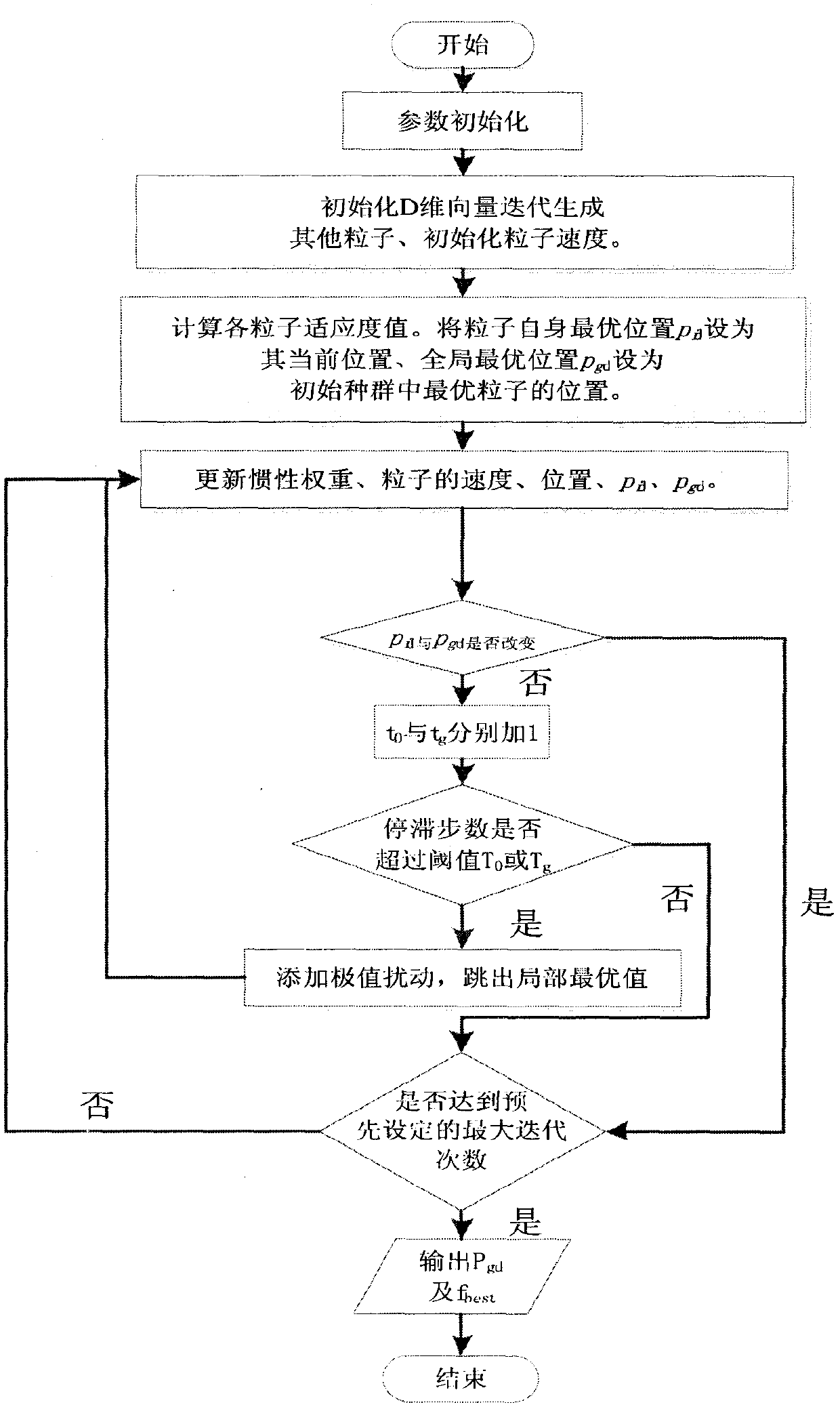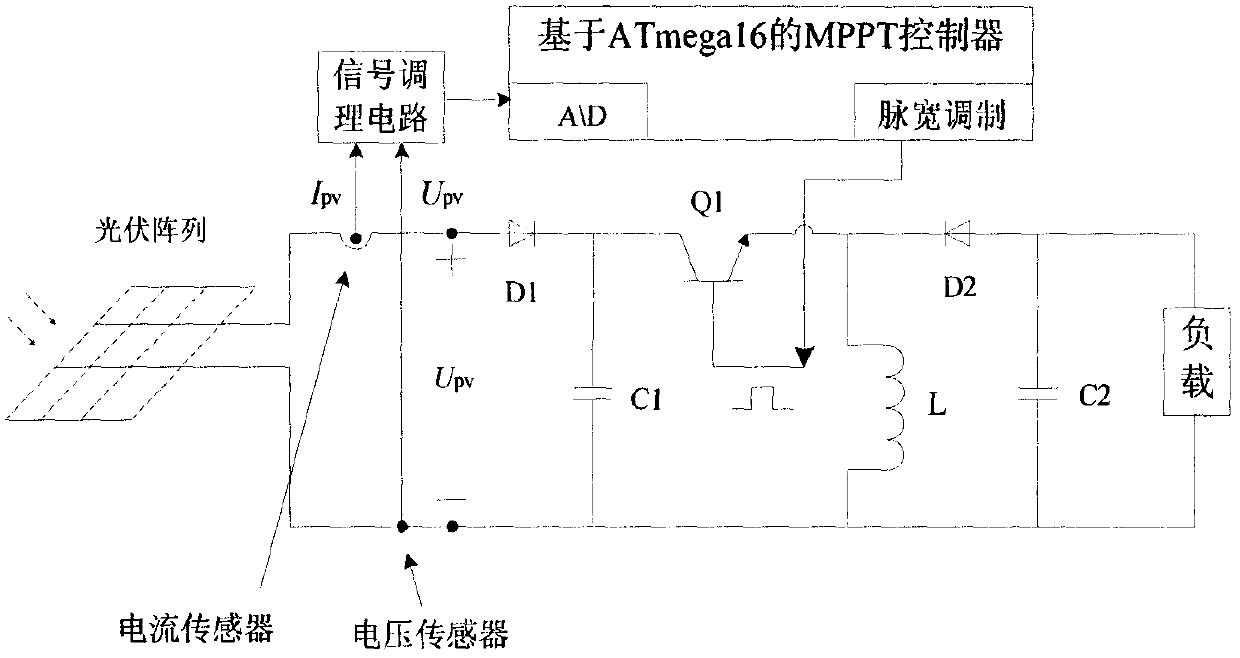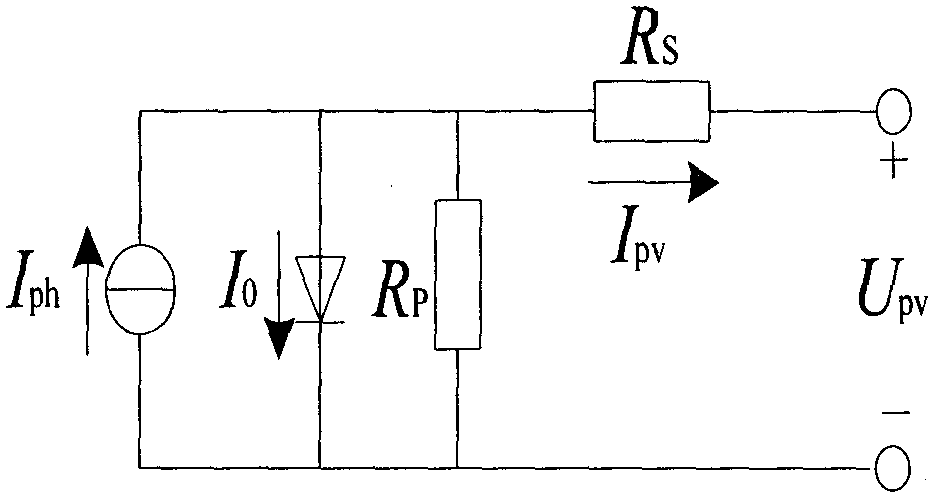A self-adaptive inertia weight chaotic particle swarm algorithm
A chaotic particle swarm, inertial weight technology, applied in computing, data processing applications, special data processing applications, etc., can solve the problems of stable system operation, complex algorithms, and many parameters to adjust, and achieves guaranteed diversity and search accuracy. High, reducing the effect of fluctuations
- Summary
- Abstract
- Description
- Claims
- Application Information
AI Technical Summary
Problems solved by technology
Method used
Image
Examples
Embodiment Construction
[0018] An adaptive inertia weight chaotic particle swarm algorithm of the present invention is described below in conjunction with the accompanying drawings.
[0019] Please refer to figure 1 , an adaptive inertia weight chaotic particle swarm algorithm, including the following steps:
[0020] S1: Initialize the inertia weight ω 0 , acceleration factor c 1 、c 2 , population size N, maximum number of iterations N m , determine the search space [-x max , x max ] and the maximum velocity v max ;
[0021] In step S1, the velocity and position update equations of particle i are as follows:
[0022] v id (t+1)=ω·v id (t)+c 1 r 1 ·(p id (t)-x id (t))+c 2 r 2 ·(p gd (t)-x id (t)) (1)
[0023] x id (t+1)=x id (t)+v id (t+1) (2)
[0024] Among them, t is the number of particle update iterations. In generation t, the "best" position experienced by particle i in the d-dimensional space is recorded as The "best" particle position in the particle swarm is denoted a...
PUM
 Login to View More
Login to View More Abstract
Description
Claims
Application Information
 Login to View More
Login to View More - Generate Ideas
- Intellectual Property
- Life Sciences
- Materials
- Tech Scout
- Unparalleled Data Quality
- Higher Quality Content
- 60% Fewer Hallucinations
Browse by: Latest US Patents, China's latest patents, Technical Efficacy Thesaurus, Application Domain, Technology Topic, Popular Technical Reports.
© 2025 PatSnap. All rights reserved.Legal|Privacy policy|Modern Slavery Act Transparency Statement|Sitemap|About US| Contact US: help@patsnap.com



